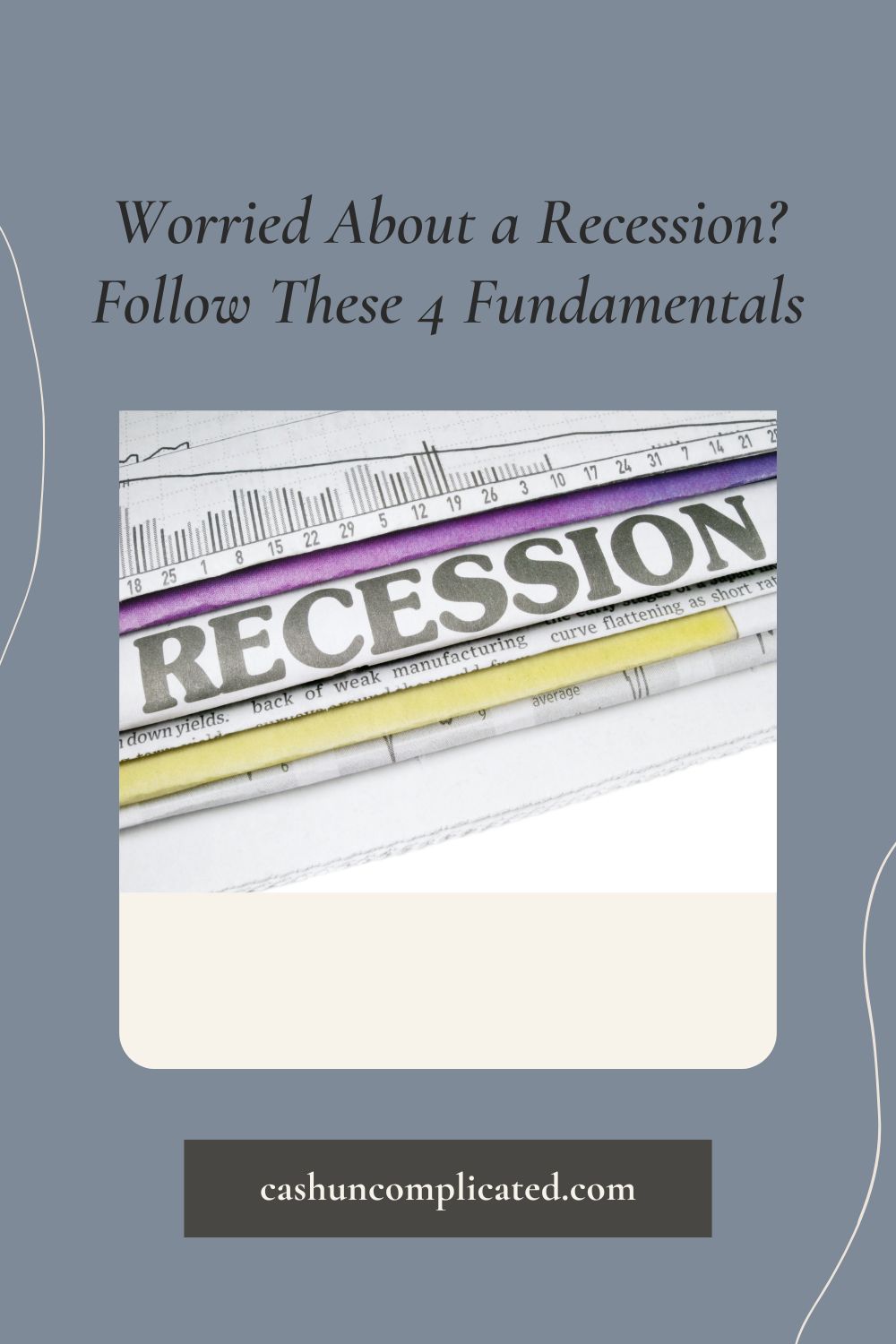Childcare is one of the most expensive costs a new parent will face. Fortunately, there are many different options available to save on childcare.
What Are the Costs of Childcare?
Childcare costs have a wide range. There are a lot of factors such as where you live, the age of the child, services provided, and much more. Childcare is going to be a lot more expensive in a big city like New York or San Francisco that it would be in rural Iowa or Kansas.
Usually childcare is more expensive for infants that it is for children over one. Once you get out of the toddler stage, it’s less expensive than for kids under the age of two or three.
Different Types of Childcare
There’s all different types of childcare.
- In-home providers
- Nannies
- Day care centers
- Pre-schools
- And more
Pick the option that works best for you depending on the needs of your child and family. Your needs will also change as the child ages. For example, with my own children, we transitioned to pre-school by age three for both kids.
Can You Find Quality Childcare at a Good Price?
In a nutshell, yes. With both of my kids, my wife and I found really good childcare at a very reasonable price. It took some time and effort, (mostly from my wife) but we’ve been happy with both the quality and price.
So a reasonable expectation should be that it’s possible to find, but it will take a little more time and effort. Looking at online reviews, talking with friends and neighbors about their providers, checking around the community, etc. are all good steps to take.
Fortunately, the work is easier with all the kids after the first child because they can go to the same place as your first, assuming that place remains open.
How to Save on Childcare
The remainder of this post will focus on how to save on childcare. Here are 10 tips that will save you money without sacrificing quality.
Number 1: Wait as Long as Possible to Get Childcare
Let’s start with the simplest way to save on childcare. Wait as long as you can to actually have to start it.
If you want to stay home for an extended period of time and have the ability to do it with your work or career, it will be a big money saver and give you more time with your child.
For example, if you work allows three months off after baby with an option to take additional leave after the three months, take the additional time using other forms of leave. This may or may not work for your job situation but it’s worth exploring all options to get more time.
Even squeezing out an additional few weeks can be tremendously helpful.
Number 2: Combine Time with Spouse
This is a strategy my wife and I used to save on childcare with both kids (and equally important get more time with the kids). We combined our leave time to allow more time with the baby, which naturally led to a delay in having to get childcare.
Using myself as an example, my wife took the first couple months off for baby bonding time and then I took some time off for baby bonding time. I elected to take one week every month for a four-month time period so I got at least one week per month with the baby every month.
We had family care for the children during the gaps when I worked, which leads us directly to the next tip.
Number 3: Get Help from Family
Family is often very willing to help with childcare, especially grandparents. Look at having family member’s alternate days or weeks caring for the child. Imploring this strategy can often save months and months of childcare.
Here’s a couple mock schedules as examples, assuming both parents are back at work when the child turns three months. “First week” refers to the first week after month three. As you’ll see, there are creative ways to schedule.
Sample 1
- First week: Maternal grandparents
- Second week: Paternal grandparents
- Third week: Aunt
- Fourth week: Uncle
Sample 2
- First week: Paternal grandparents M-W, Aunt Th-F
- Second week: Maternal grandparents M-T, sister W-F
- Third week: Aunt M-T, Uncle W-F
- Fourth week: Brother M-W, Aunt Th-F
Number 4: Help from Friends and Neighbors
The fourth tip on how to save money on childcare is especially relevant for people with school age children. It’s also a tip I write about in my book Cash Uncomplicated. If you have friends or neighbors with kids of similar age, look into informal childcare.
Maybe you watch the neighbor’s kids three days a week after school while your neighbor takes the other two days. Or you alternate between taking the kids to school and picking them up.
There are lots of different ways to help each other out, which could possibly eliminate the need for after school care programs. That alone could save a few hundred dollars every month.
Number 5: Look into a Flexible Work Schedule
This may or may not work, depending on your job flexibility. Jobs that require you to work in person with the public like police, fire, teacher, nurse, etc. aren’t going to have much flexibility in start and end times.
However, careers that have flexibility in start and end times, or allow start and stop, are a perfect candidate to implement this strategy.
For example, there are many types of jobs that have no problem with you coming into work after dropping the kids off, taking part of the afternoon to pick up the kids, and then working the last couple hours at home.
And of course jobs that are fully remote offer even more flexibility. Most days a remote worker can get the kids ready, drop them off, work the day, pick up the kids, and then finish up work at home.
Number 6: Explore Multiple Options
This is where the creativity comes into play. What other options are available to save money on childcare? What unique advantages do you have?
- Do you have a lot of family nearby who can help?
- Is there a flexible work schedule you can take advantage of?
- Do you have the ability to have one parent stay home or work part time?
Most people have some sort of advantage they can pull from, try to find at least a couple.
Number 7: Get Referrals
Yelp and Google are great but referrals are also fantastic. Referrals are more individualized and the person giving you the referral already knows you and the kinds of qualities you’re looking for in a provider.
Plus, it’s more meaningful to get a recommendation from a trusted friend because you know the way they work, and you’re leveraging the due diligence they put in.
Number 8: Look at Different Options as Child Ages
Childcare prices don’t stay the same year after year. An eight-year old will be much less expensive than a newborn for example. Here’s a sample of how to save childcare for a newborn through five-year old.
- Months 0-6: Stay with parents (no childcare costs)
- Months 7-12: Alternate between relatives taking care of child (no childcare costs)
- Year 1-2: Daycare (medium to high childcare costs)
- Year 2-3: Pre-school (less expensive than daycare)
- Year 4: Universal Transitional Kindergarten (UTK) (depends on the state you live in, usually no cost)
- Year 5: Kindergarten (usually no cost other than before and after school programs)
Final Thoughts
Childcare is expensive, but there are ways to save. It takes creativity, finding alternatives, and looking for any advantages you might have.
You don’t have to take an all-or-nothing approach either. To really save on childcare, take the approach of finding areas to save in.
Moving your child from a daycare that costs $1,700 per month to a pre-school that costs $900 per month is a win. So is transitioning your child from pre-school to transitional kindergarten. It’s not a zero sum game of free versus expensive.
There are plenty of wins out there, find yours and make them happen.
How do you save money on childcare?












